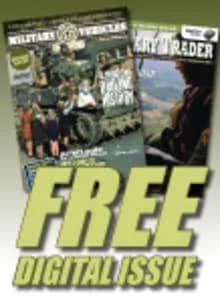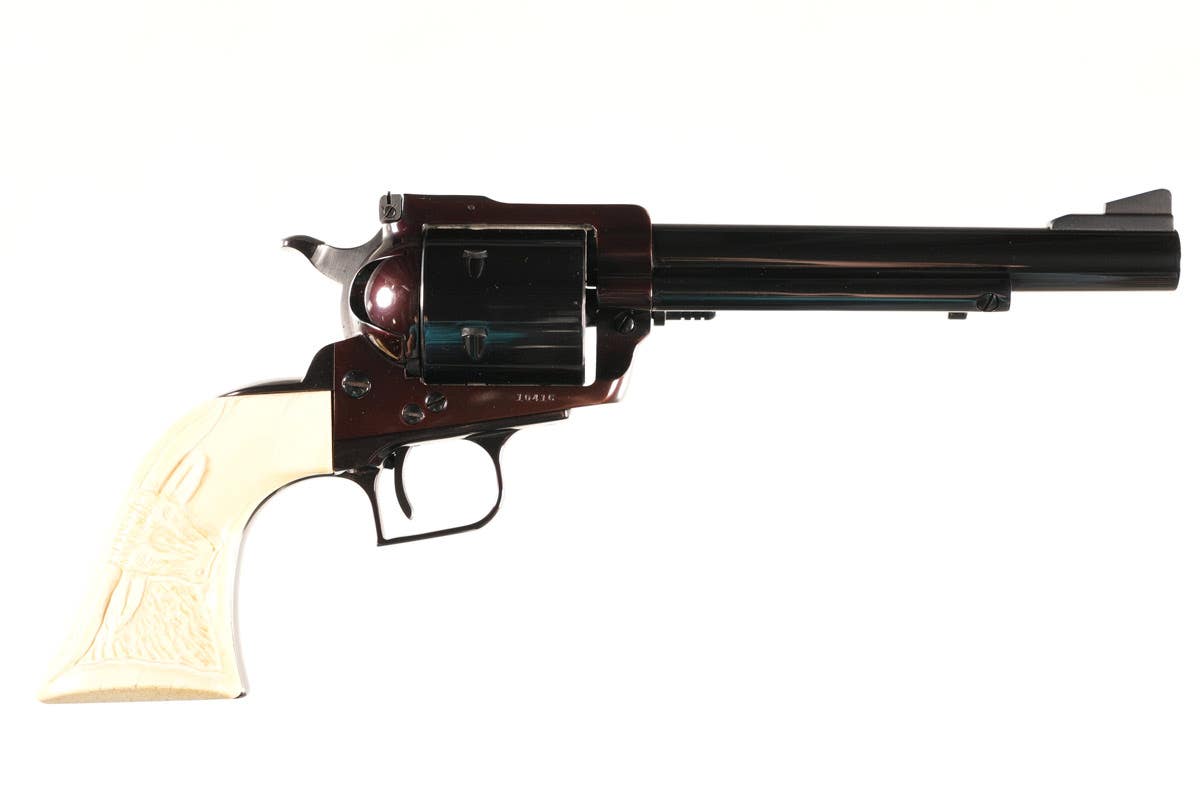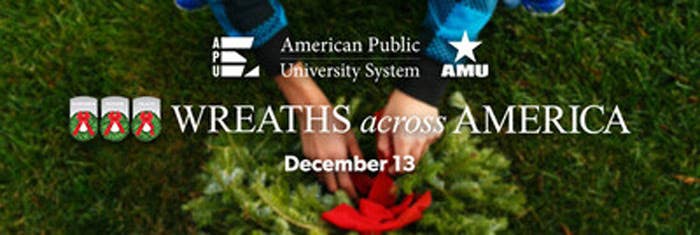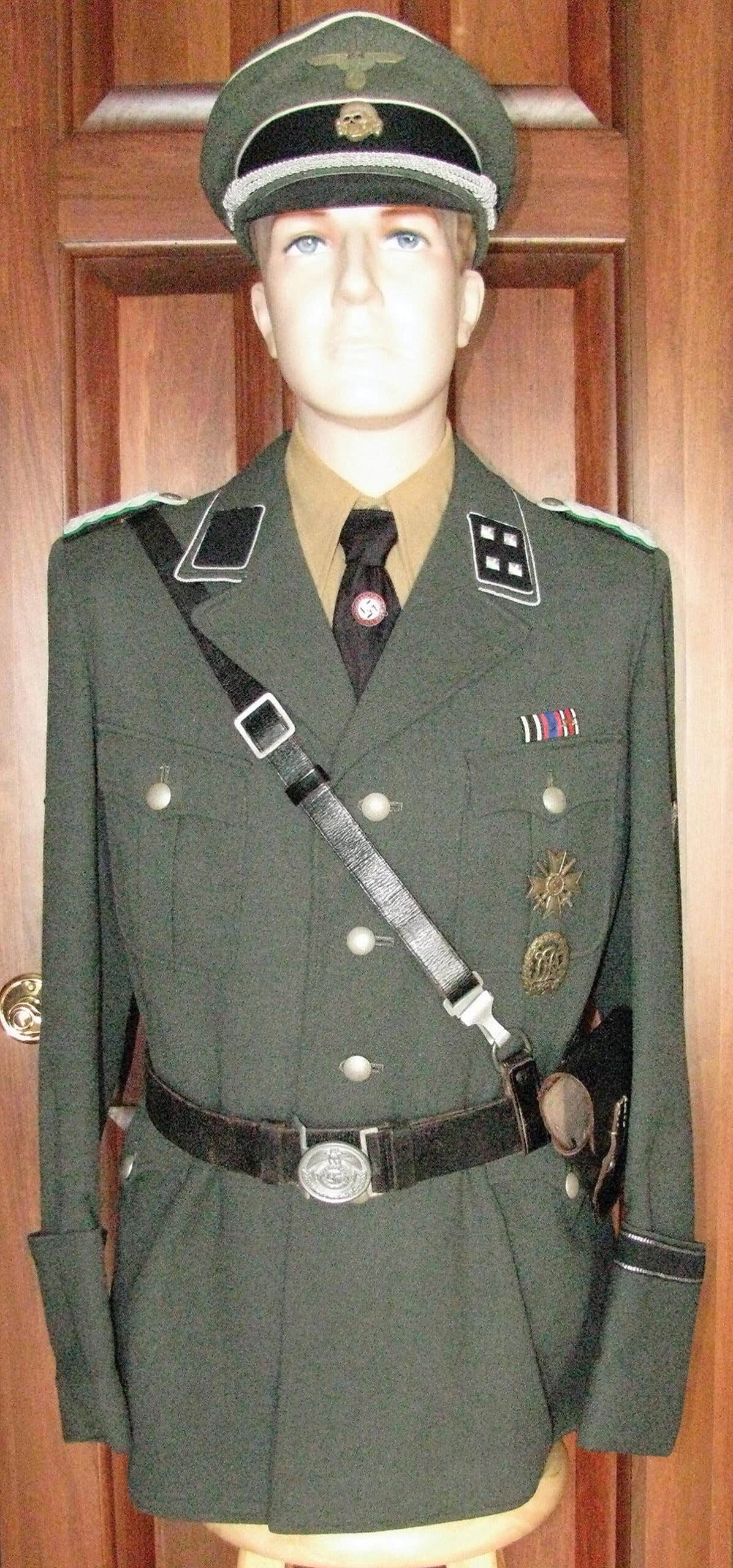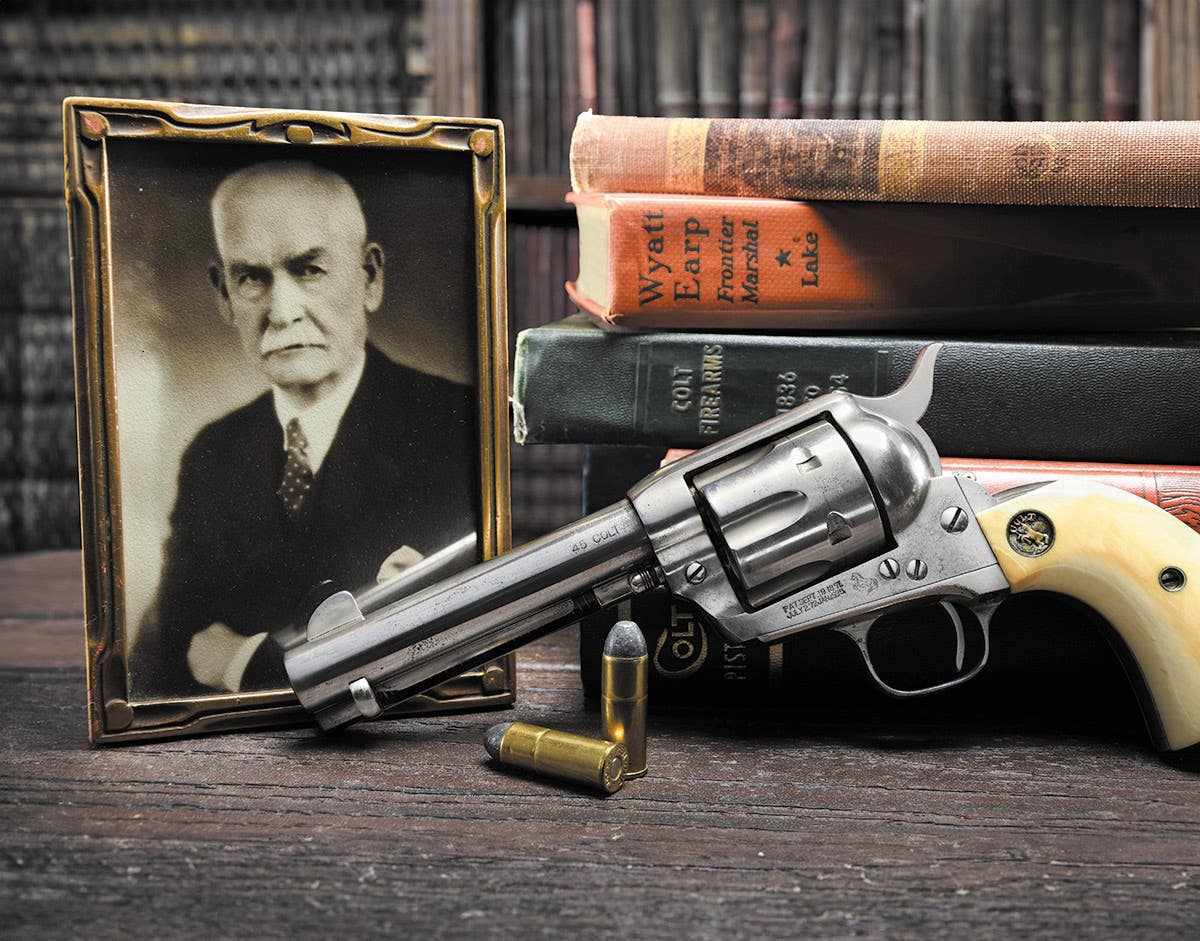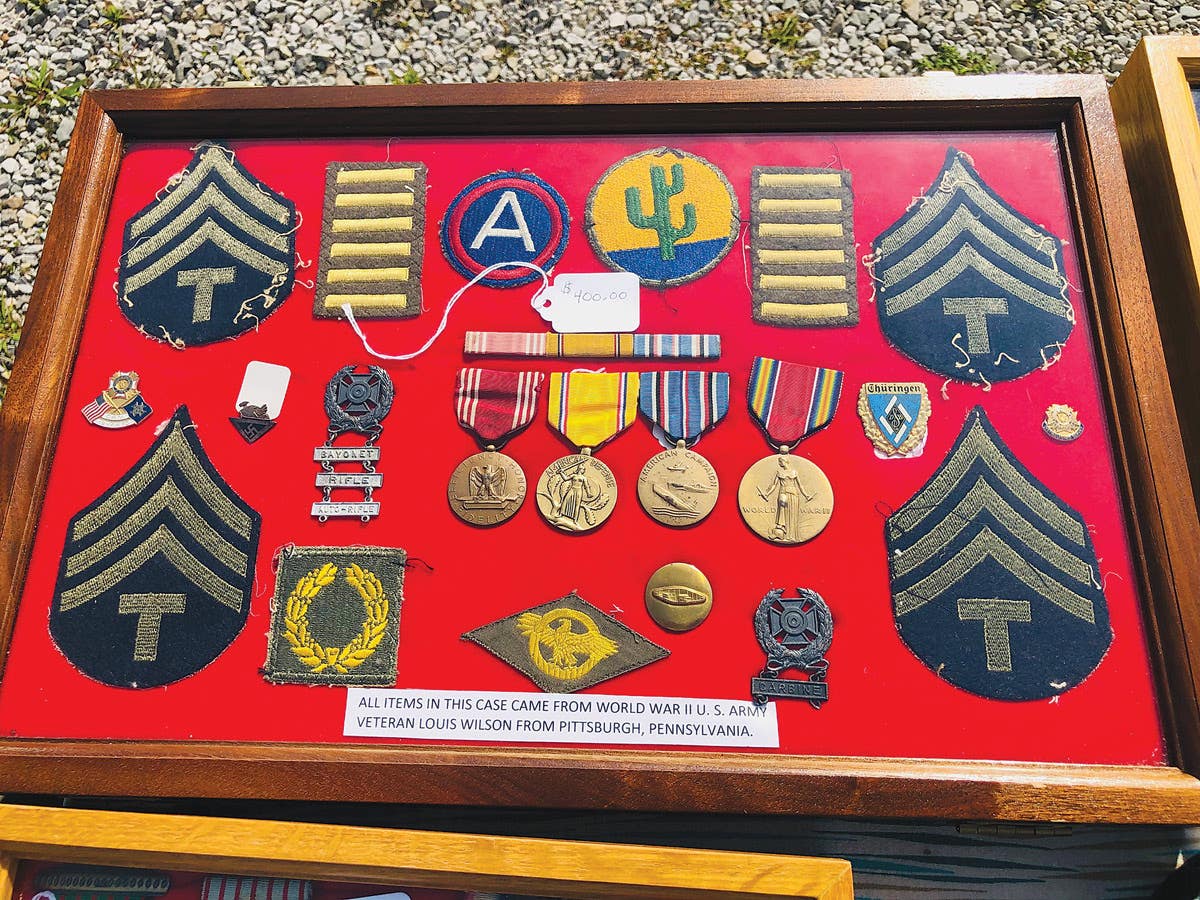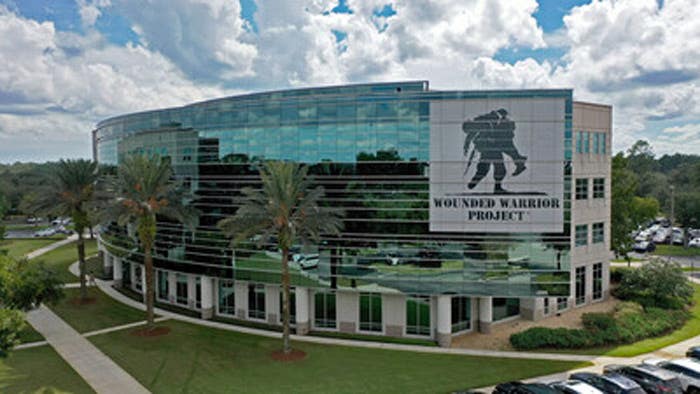A “tip of the cap” made identification of a Wilder Brigade Civil War tintype possible
While studying a Civil War tintype of what appeared to be a Union cavalry trooper, clues about the soldier’s identity revealed itself in a most unusual manner.
Civil War Soldier’s identity revealed in most unusual way
While studying a Civil War tintype of what appeared to be a Union cavalry trooper, clues about the soldier’s identity revealed itself in a most unusual manner.
Close inspection revealed the soldier was wearing a sword belt with cross strap and brace of Colt revolvers. This quickly indicated a mounted role, but his Union Army 9-button infantry frock coat seemed to contradict that conclusion.
It would have been easy to consider the anomalous mounted sword belt and revolvers as “studio props” (an explanation used far too frequently among collectors and dealers of military photographs). Regardless of the incongruous uniform, weapons and accouterment, something about this portrait had an air of legitimacy.
The question was, could the details reveal who he was or in what unit he served?
USING THE COMPUTER FOR CLOSE VIEWING
When details of a photograph are just too hard to decipher with an open eye or under hand-held magnification, a trick is to carefully copy the image with a high-resolution digital camera or scanner and view the image on a large screen. It was obvious the image had been laterally reversed when first made.
This was quite common with many photographs since the invention of photography in 1839. An artist could use a reversing prism to correct the image, but this was a luxury few photographs seemed to indulge.
Once the electronic image of the tintype was loaded onto a computer, it was a matter of one mouse click to reverse the image so that it appeared as one would have seen the soldier sitting in front of the camera.
With the reversed image on the large computer screen, one detail became obvious that had not been noticed under manual magnification—something was written on the underside of the soldier’s forage cap.
My first thought was that someone had scratched something into the image’s emulsion. A couple of more mouse clicks greatly enlarged the image to about actual life size. That's when it became obvious the writing was actually on the cap’s visor and not on the photograph’s surface. But what was this hidden message?
Because the image had already been laterally corrected, “mirroring” wasn’t the problem. A few more clicks of the computer’s software rotated the image 180 degrees. Upside down and laterally reversed, the message revealed itself: “W.A. Perisho.”
Whether to prevent theft or to identify himself in the photograph, the soldier had written his name on his cap’s visor!
WHO WAS "W.A. PERISHO?"
The name was unusual. Therefore, the chances of identifying this soldier were good. A quick visit to the National Parks Service’s Civil War Soldiers and Sailors” database turned up four Perishos who served in the Union Army. Only one had a name that matched the photo subject’s “W.A.” initials: Private William A. Persisho, of Company G, 123rd Illinois Volunteer Infantry.
Armed with his full name and regiment, further research was easy. With the assistance of Google, various genealogy and Civil War history sites, William Perisho’ military dossier quickly emerged.
An Illinois farmer born in 1841, Perisho enlisted in Company G, 123rd Illinois Volunteer Infantry on Aug. 14, 1862, at Martinsville, Illinois. Within one month of mustering into service at Camp Terry in Coles County, Illinois, the 123rd participated in its first major battle at Perryville, Kentucky.
Following the clash where the regiment lost 36 men who were killed and another 180 wounded, the 123rd was assigned to protect the railroad bridge across the Green River at Munfordville, Kentucky, during November and December 1862. It was while on this duty, the 123rd was assigned to the 1st Brigade, Fifth Division, Army of the Cumberland. In May, however, at the request of Colonel John T. Wilder, the regiment transferred into his 1st Brigade, 4th Division, 14th Army Corps.
Early that year, Wilder’s brigade that included the 17th, 72nd and 75th Indiana, the 92nd and 98th Illinois, and the 18th Indiana Battery was tasked stopping Southern cavalry from raiding the Army of the Cumberland’s main supply route, the Louisville & Nashville Railroad. Frustrated by trying to get foot soldiers to chase down the mounted Confederates, Wilder mounted some of his men on mules from his supply wagons. Though the experiment failed, Wilder recognized the potential of a mounted infantry force.
Maj. Gen. William S. Rosecrans, the commander of the Army of the Cumberland, wholeheartedly agreed with Wilder’s idea. In February 1863, Rosecrans issued Special Field Orders No. 44, giving Wilder permission to mount his brigade. Mounted on horses and mules appropriated from the local area, Wilder’s infantry could swiftly deploy on the battlefield. Soon, others began to refer to the mounted infantry soldiers as Wilder’s “Lightning Brigade.”
But to complete the impact of rapidly deployed soldiers, Wilder wanted his men to deliver withering firepower. Using private channels rather than the Army supply system, Wilder secured breechloading Spencer 7-shot rifles for his men. Now, his soldiers really could deliver the impact of lightning.
SITTING FOR HIS LIKENESS
After the 123rd joined Wilder’s brigade on May 6, 1863, it, too, was mounted and equipped for rapid deployment and heavy firepower delivery. The former foot soldiers quickly adapted to their new role as “mounted” infantrymen.
Though records don’t reveal the cause, William Perisho died just 20 days after becoming one of Wilder’s mounted soldiers (research has not uncovered the cause of his death). Apparently, he was able to sit for his photograph sometime during those 20 days.
In addition to his Model 1858 forage cap with name written on the visor, Perisho posed in his infantry frock coat with the two final clues that help to secure his identity: A cavalry saber belt and two Colt revolvers — just the kinds of weapons a mounted soldier would want in addition to his rifle.
With the written clue on his visor and his choice of cavalry weapons and accouterments for his portrait, the identity of W.A. Perisho was restored to this otherwise forgotten Civil War image.
AFTERWORD
Apparently, Perisho sat for this tintype photograph somewhere during the 20 days after the 123rd was mounted and Perisho’s death. Though he looks stout and healthy in his image, one is left to wonder about the circumstances that led to his demise. William Perisho was buried in Murfreesboro and his grave can be found today in the Murfreesboro National Cemetery.
Curiously, the image was discovered not far from Murfreesboro, making one think that he died before he had the chance to send it home to his wife of three years, and his one-month old son, William Henry Perisho—a son who never met his father or saw the image that was likely intended for him.
You may also enjoy
John Adams-Graf ("JAG" to most) is the editor of Military Trader and Military Vehicles Magazine. He has been a military collector for his entire life. The son of a WWII veteran, his writings carry many lessons from the Greatest Generation. JAG has authored several books, including multiple editions of Warman's WWII Collectibles, Civil War Collectibles, and the Standard Catalog of Civil War Firearms. He is a passionate shooter, wood-splitter, kayaker, and WWI AEF Tank Corps collector.
